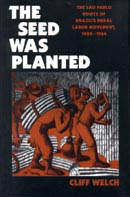The Dilemma of Agrarian Reform in Brazil's Agribusiness
Br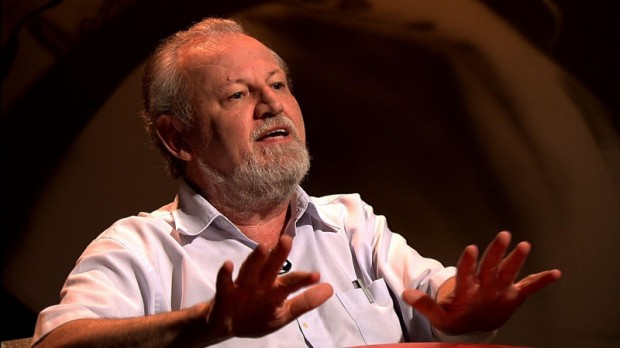 azilian society faces, in the rural milieu, distinct problems needing different solutions. We have serious problems and emergencies that require urgent action. There are about 150,000 families of landless laborers living under black tarps, camping, fighting for the rights that are in the Constitution to have land to work. For this problem, the government needs to do a real joint effort among the various agencies and settle the families in lands that exist in abundance throughout the country. Remember that Brazil uses for agriculture only 10% of its total area.
azilian society faces, in the rural milieu, distinct problems needing different solutions. We have serious problems and emergencies that require urgent action. There are about 150,000 families of landless laborers living under black tarps, camping, fighting for the rights that are in the Constitution to have land to work. For this problem, the government needs to do a real joint effort among the various agencies and settle the families in lands that exist in abundance throughout the country. Remember that Brazil uses for agriculture only 10% of its total area.

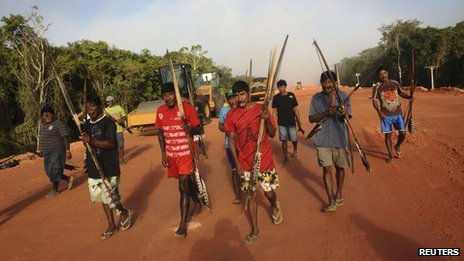 Amazon.
Amazon. FINAL DECLARATION OF THE PEOPLES’ SUMMIT AT RIO+20 FOR SOCIAL AND ENVIRONMENTAL JUSTICE IN DEFENSE OF THE COMMONS, AGAINST THE COMMODIFICATION OF LIFE
FINAL DECLARATION OF THE PEOPLES’ SUMMIT AT RIO+20 FOR SOCIAL AND ENVIRONMENTAL JUSTICE IN DEFENSE OF THE COMMONS, AGAINST THE COMMODIFICATION OF LIFE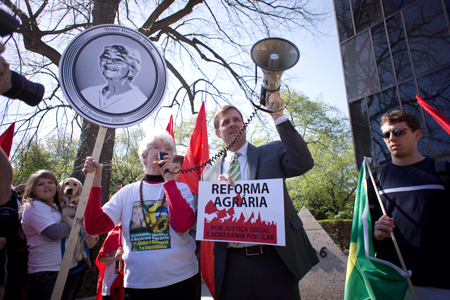
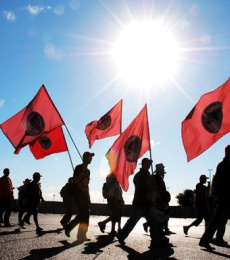
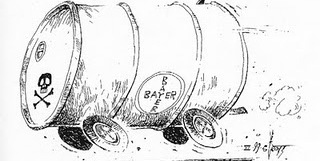 Everywhere in the world large multinationals determine the political game. One of the biggest global players is Bayer AG, present in all countries. The former subsidiaries of IG Farben (BASF, Bayer and Hoechst) dominate the European chemical industry and have an annual volume of 90 billion euros. No government or political institution, can escape the influence of this powerful mechanism.
Everywhere in the world large multinationals determine the political game. One of the biggest global players is Bayer AG, present in all countries. The former subsidiaries of IG Farben (BASF, Bayer and Hoechst) dominate the European chemical industry and have an annual volume of 90 billion euros. No government or political institution, can escape the influence of this powerful mechanism.  by Gerson Teixeira
by Gerson Teixeira